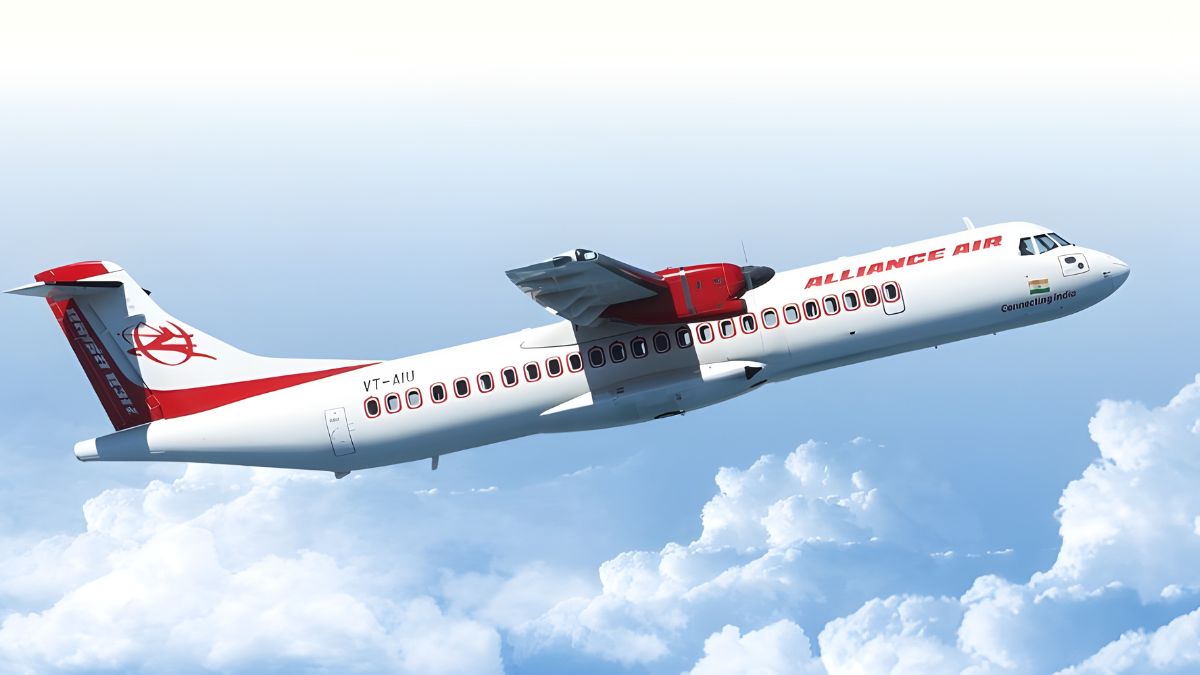India is experimenting with a simple idea that could change how domestic flyers book tickets: one route, one fare. The Ministry of Civil Aviation (MoCA) has launched a pilot program that fixes airfares on certain routes, no matter when you book.
What the ‘One Route, One Fare’ Scheme Is About
The government-owned carrier Alliance Air is rolling out the new initiative, called ‘Fare Se Fursat’ (literally, freedom from fare stress). It offers passengers a single, static fare on select routes, whether they book weeks ahead or a few hours before departure.
The pilot runs from October 13 to December 31, 2025, and aims to gauge how travellers respond to a predictable fare system.
Civil Aviation Minister Ram Mohan Naidu Kinjarapu, who inaugurated the scheme, said it’s meant to give passengers peace of mind by removing the anxiety of constantly changing airfares.
“This aligns perfectly with the spirit of the UDAN scheme,” he added, referring to the government’s ongoing effort to make flying affordable for India’s middle and lower-middle classes.
Where It’s Being Tested
Alliance Air, which operates 137 flights daily and connects 59 destinations across India, will test the scheme on regional routes linking smaller cities to major hubs.
Some of its current routes include:
- Bhubaneshwar–Rourkela
- Delhi–Shimla
- Hyderabad–Tirupati
- Kolkata–Guwahati
It is worth mentioning here that the airline also runs India’s only direct international service between Chennai and Jaffna, Sri Lanka.
Why It Matters
If you’ve ever checked flight prices one day and seen them double the next, you know the pain of India’s dynamic pricing model. Most airlines adjust fares in real time based on demand, season, and timing, often leaving last-minute travellers frustrated.
‘Fare Se Fursat’ flips that logic. Every passenger on a route pays the same rate, regardless of when they book. For travellers from smaller towns or those flying for the first time, this predictability could make air travel far more accessible.
Early Reactions and Broader Goals
At the launch event, Civil Aviation Secretary Samir Kumar Sinha, Alliance Air Chairman Amit Kumar, and CEO Rajarshi Sen joined the minister in calling the move a “bold and exemplary step.”
Naidu highlighted other low-cost efforts under the UDAN umbrella, such as Yatri Cafes at airports offering tea for ₹10 and snacks for ₹20. “We’re not just making flying cheaper; we’re making it dignified and predictable,” he said.
Where Alliance Air Flies
According to the airline, Alliance Air operates 137 flights daily across 59 destinations in India and one international route between Chennai and Jaffna, Sri Lanka. Its fleet includes:
- 18 ATR72-600 aircraft (72 seats each)
- 2 ATR42-600 (48 seats each)
- 1 Dornier Do-228 (17 seats)
Known for having no middle seats, Alliance Air connects travellers to destinations such as Bhubaneshwar, Bhuj, Diu, Gorakhpur, Guwahati, Jabalpur, Kullu, Rourkela, Shimla, Silchar, and Tirupati.
What This Could Mean for Indian Aviation
If successful, the fixed-fare model could inspire similar efforts from other regional carriers or even influence how pricing caps are structured on shorter domestic routes. It could also reduce fare volatility in smaller markets, where travellers have fewer options and higher price sensitivity.
In a market driven by competition and demand algorithms, Alliance Air’s move is a rare attempt to bring clarity and fairness back to air travel. For now, the industry will be watching closely to see whether passengers prefer certainty over the chase for cheap deals.
Follow and connect with us on Facebook, Twitter, LinkedIn, Instagram and Google News for the latest travel news and updates!
